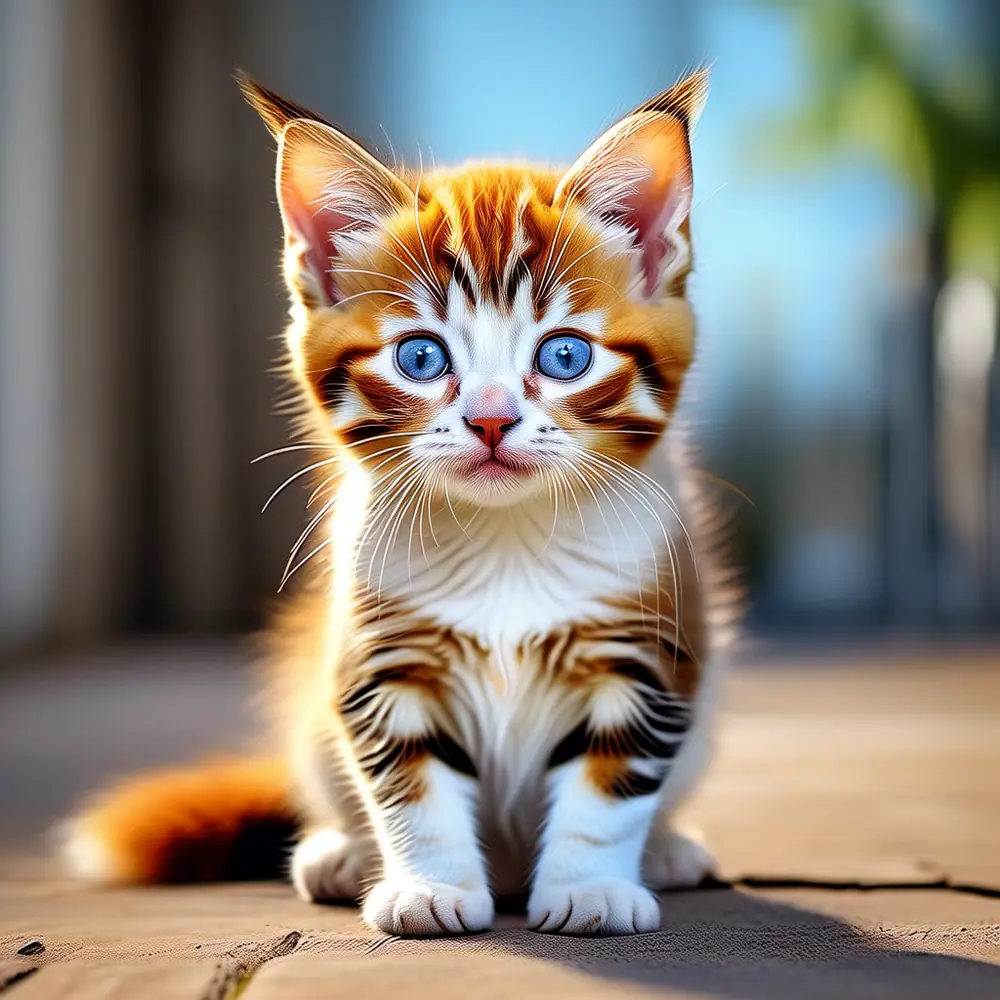Unlocking the Mystery: How to Understand Your Cat's Communication
Ever wondered what your cat is trying to tell you with that tail flick or a soft meow? Understanding your feline friend's communication can deepen your bond and help you provide better care. Cats are expressive creatures, and their body language, vocalizations, and behaviors all convey important messages. By learning to interpret these signals, you can ensure your pet feels safe, loved, and well-cared for.
One of the most common ways cats communicate is through their tails. A high, upright tail often indicates happiness and confidence. If your cat greets you with a tail held high, it’s a sign that they’re happy to see you. Conversely, a low, tucked tail can signal fear or submission. Pay attention to these subtle cues to gauge your cat's mood and respond accordingly. For example, if your cat’s tail is low, give them some space and a quiet environment to feel more secure.
Vocalizations are another key aspect of cat communication. Meows can mean different things depending on the tone and context. A short, sharp meow might be a greeting, while a long, drawn-out meow could indicate distress or a need for attention. Purring is generally associated with contentment, but it can also be a sign of stress or pain in certain situations. To better understand your cat’s meows, observe the context and any accompanying body language. For instance, if your cat is meowing at the door, they might want to go outside or need you to open the door for a specific reason.
Body posture is equally important. A relaxed, stretched-out cat is usually feeling comfortable and at ease. On the other hand, a hunched, tense posture can indicate anxiety or discomfort. When your cat arches their back and fluffs up their fur, they are likely feeling threatened or scared. In such cases, it’s best to approach slowly and calmly, or give them some space to decompress. For example, if your cat is hunched and hiding, try to create a calm, quiet environment and offer a favorite toy or treat to help them relax.
- Observe the tail: A high, upright tail means happiness, while a low, tucked tail signals fear or submission.
- Listen to the meows: Short, sharp meows are greetings, while long, drawn-out meows may indicate distress or a need for attention.
- Watch the body posture: A relaxed, stretched-out cat is comfortable, while a hunched, tense posture suggests anxiety or discomfort.
- Note the purring: While purring often means contentment, it can also indicate stress or pain in certain contexts.
A common mistake many cat owners make is assuming that purring always means happiness. While it often does, it can also be a sign of discomfort or stress. If your cat is purring but showing other signs of distress, such as hiding or avoiding interaction, it might be a good idea to consult a veterinarian. Remember, understanding your cat’s communication is an ongoing process, and the more you pay attention, the better you’ll get at interpreting their needs and emotions.
Takeaway:
By paying close attention to your cat’s tail, vocalizations, and body posture, you can better understand their needs and strengthen your relationship. Happy communicating!
